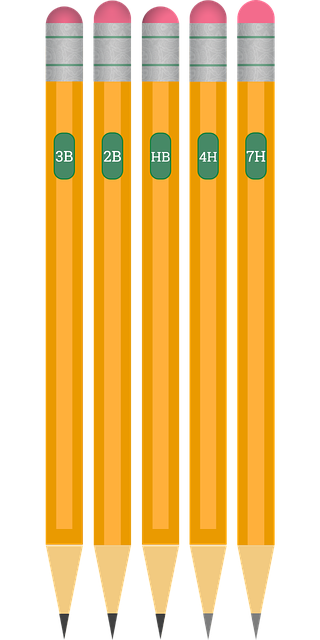Construction projects rely heavily on architectural drafting and design for successful execution. Skilled architects create detailed drawings, including floor plans, elevations, and sections, translating client visions into precise technical illustrations that guide permits and contractor work. These drawings ensure compliance with building codes, facilitate clear communication among stakeholders, streamline review processes, prevent costly delays, and enable contractors to achieve high-quality outcomes on time and within budget. Effective collaboration through regular meetings, detailed documentation, and shared digital models (like BIM) enhances communication and coordination throughout the construction process.
In the intricate dance of construction, architectural drafting and design serve as the foundational maps guiding projects from concept to completion. This article delves into the critical role of construction drawings in permit approvals and contractor execution. We explore the art and science of architectural drafting, its significance in navigating regulatory hurdles, and best practices ensuring seamless communication throughout the building process. Prepare to transform raw ideas into tangible structures through precise design.
Understanding Construction Drawings: A Basic Guide
Construction drawings, a cornerstone of architectural drafting and design, serve as detailed visual representations of a building’s structure, functionality, and aesthetics. They include plans, elevations, sections, and details that communicate the project’s scope to both permit authorities and contractors. Understanding these drawings is crucial for navigating the complex process of obtaining permits and ensuring accurate execution on site.
At their core, construction drawings translate architectural designs into tangible specifications. Plans provide floor layouts, elevations show exterior and interior facets, sections cut through the building to illustrate internal components, while details focus on specific elements like joints or fixtures. This comprehensive suite of drawings allows professionals in various fields—from architects and engineers to contractors and inspectors—to interpret the design, assess structural integrity, identify material requirements, and plan installation sequences.
The Role of Architectural Drafting in Permit Approvals
Architectural drafting plays a pivotal role in the intricate process of securing permit approvals for construction projects. Skilled architects and drafters transform conceptual designs into detailed, technical drawings that accurately represent the proposed structure. This meticulous process involves creating precise floor plans, elevations, sections, and detailed specifications, ensuring compliance with local building codes, zoning regulations, and other legal requirements.
The art of architectural drafting goes beyond mere drawing; it bridges the gap between design intent and physical construction. These drawings serve as a visual communication tool for stakeholders, including permit officials, contractors, and clients. By clearly depicting the building’s layout, materials, and structural elements, drafters facilitate efficient review, enabling faster approval processes. This precision is vital to avoid costly delays or modifications during construction, ensuring projects stay on track and within budget.
Creating Accurate and Detailed Designs for Contractor Execution
Creating accurate and detailed designs through architectural drafting and design is paramount for successful construction projects. These drawings serve as the blueprint for both permit approvals and contractor execution, ensuring every aspect of the project is accounted for. Skilled draftspersons meticulously translate client visions into precise technical illustrations, encompassing structural elements, mechanical systems, electrical wiring, and aesthetic finishes. Each line, dimension, and annotation must align with building codes and regulations to facilitate smooth permitting processes.
For contractor execution, these designs are indispensable tools that guide construction teams on-site. Detailed plans enable contractors to understand the project’s intricacies, facilitating efficient workflows and minimizing errors. Through meticulous architectural drafting and design, projects gain a solid foundation, setting the stage for timely completion, budget adherence, and high-quality outcomes.
Best Practices for Effective Communication During the Building Process
Effective communication is pivotal throughout the building process, from initial architectural drafting and design to permit approvals and contractor execution. Clear and consistent dialogue between all project stakeholders—architects, engineers, contractors, property owners, and local authorities—ensures everyone is aligned on project goals, specifications, and timelines. This proactive approach minimizes misunderstandings, delays, and costly revisions.
Implementing best practices such as regular meetings, detailed documentation, and transparent platforms for sharing drawings, specifications, and updates fosters collaboration and accountability. Utilizing modern technologies for architectural drafting and design, like BIM (Building Information Modeling), can greatly enhance communication by providing a shared digital model accessible to all team members. This enables better coordination, facilitates faster problem-solving, and ultimately contributes to a smoother construction process.
Construction drawings are pivotal in bringing any building project to life, serving as both a blueprint for permit approvals and a comprehensive guide for contractor execution. By understanding the intricacies of architectural drafting and design, professionals can ensure accuracy, efficiency, and seamless communication throughout the construction process. This comprehensive guide highlights the essential roles of architectural drafting in navigating regulatory hurdles and executing projects with precision, ultimately leading to successful outcomes.
